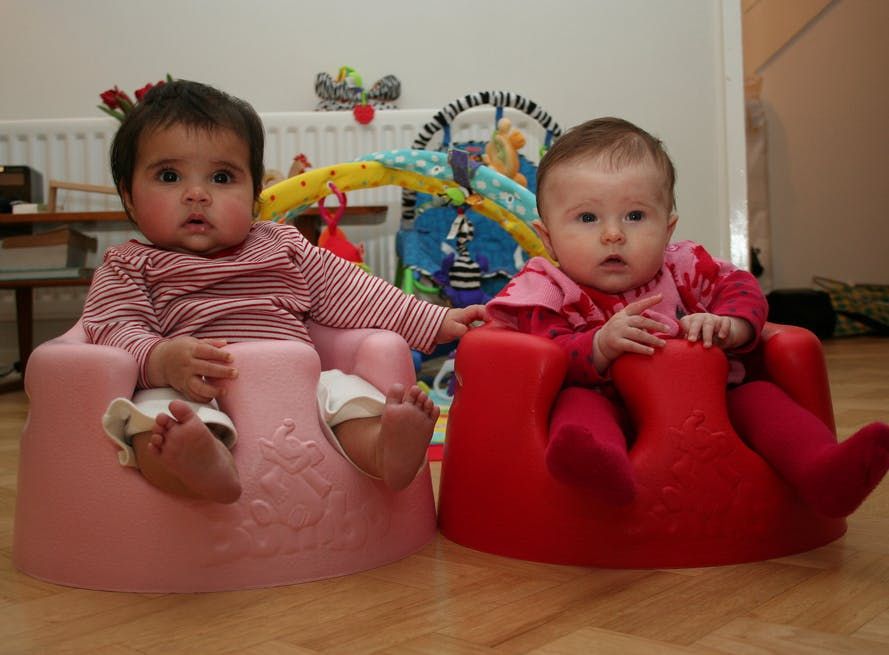Cole Porter may not have
thought himself a sociologist, but this famous songwriter captured the
epitome of a process called normalization in his famous song, "Anything
Goes." Normalization is when something that was once considered deviant
behavior (in Porter’s lyrics, "a glimpse of stocking") becomes socially
acceptable.
Cannabis is now the "stocking," and its use, availability and acceptance
are growing in the United States, as well as in other parts of the
world. Cannabis is becoming normalized.
Defining Normalization
Howard Parker, an
emeritus professor of the School of Law in Manchester, England, has
written extensively about the normalization of illicit drugs in England.
He cites the following indicators of normalization:
- Increasing availability of the drug (and revenue in the United
States) - Increasing use of a drug
- More tolerant attitudes toward users
- Presentation of drug cultures in TV, film and music
- More liberal policy shifts
Let’s apply these indicators to cannabis.
Increasing Availability and State Revenue
Over the past 20 years, states have passed cannabis
legislation
that decriminalizes possession (14 states), provides for medical use (23
states plus Washington DC) and has legalized recreational use (4 states
plus Washington DC). Patients who use cannabis for treating
pain,
physical or mental illness now have access to a medication that 20 years
ago would not have been legal or feasible.
A 2015
study
reports that legal cannabis is the fastest growing industry in the
United States. The cannabis market grew 74 percent from 2013 to 2014 to
a $2.7 billion industry, with an estimated 32 percent growth in 2015.
Successful growth means increased tax revenues. In 2015, cannabis tax
revenues
were $66.1 million for Colorado and $70 million for Washington; while
these numbers are good for the state’s bottom line, it also benefits the
residents. For instance, Colorado has designated $40 million of the tax
revenues for school construction, $12 million for youth and
substance-abuse programs, and $2 million to college scholarship funds.
Increasing Use and More Tolerant Attitudes
Cannabis is the most commonly used illicit drug in America, and its use
has
increased
from 14.5 million Americans aged 12 and older in 2007 to 19.8 million
Americans in 2013. Acceptance is also on the rise, since more and more
Americans support the
legalization
of cannabis: 53 percent in 2015 compared to just 12 percent in 1969. A
PEW Study in 2014 found that 75 percent of the public believe marijuana
will be legal nationwide
Presentation in TV, Film and Music
Cannabis has been presented in movies and television for decades, but
the focus has changed from the melodramatic propaganda film, "Reefer
Madness," to social acceptance in movies such as "Stepmom," in which a
dying character smokes marijuana to ease her cancer pain without the use
being central to the plot. A recent television situation comedy, "Modern
Family," introduced new neighbors as the owners of a medical marijuana
dispensary with no more fanfare than if they owned a shoe store.
The music industry has also incorporated cannabis.
Billboard,
which tracks and reviews music, lists the top 20 cannabis-related songs,
and they are not all by Bob Marley; songs range from rock and roll, to
country, to jazz, to hip hop, with only one thing in common. They
mention marijuana.
More Liberal Policy Shifts
Cannabis is listed as a Schedule 1 drug by the Drug Enforcement
Administration. This means that
cannabis has "no currently accepted medical use and a high potential for
abuse," despite the growing body of evidence to the contrary. Despite
federal legislation making it illegal to grow, sell or possess cannabis,
27 states have passed laws either decriminalizing cannabis or allowing
for some use. According to the National Cannabis Industry
Association,
seven states are looking to expand current or pass new legislation
regarding cannabis in 2016. California, Nevada, Maine, Arizona, Vermont
and Massachusetts are looking at the possibility of legalizing
recreational adult use of cannabis in 2016, and Florida is debating
legislation for legalizing medical marijuana.
Cannabis Culture
Parker’s indicators of normalization aren’t the only signs that cannabis
is achieving normalization, since it is now becoming integrated into
cultural events. Take cannabis-themed
weddings,
for example. Some wedding couples are setting aside reception areas for
smoking cannabis, similar to tobacco smoking or alcohol. Some offer a
catered "weed bar," where guests can partake of different varieties of
cannabis or methods of cannabis delivery.
Colorado has also introduced cannabis into the
tourism
industry. Similar to a wine-tasting crawl, vacationers can sign up for
tours that feature limo bus rides to cannabis-growing facilities,
dispensaries and hotel accommodations. Some tourist packages offer
discounts on purchases, as well as rides to and from the airport.
Lastly, for the tech savvy, a wide variety of cannabis-related apps are
now available, including on Apple, which had banned such apps prior to
2015. According to
Appcrawlr, a
third-party app search program, more than 50 cannabis-related apps are
available; these apps include dating opportunities, social media sites,
information about specific types of cannabis and more.
Anything Goes
Although we’re no longer treating cannabis as they did in "Reefer
Madness," we’re not quite to the Cole Porter "anything goes" stage. At
the same time, the signs are showing that the "glimpse" of the cannabis
stocking may well become acceptable.



